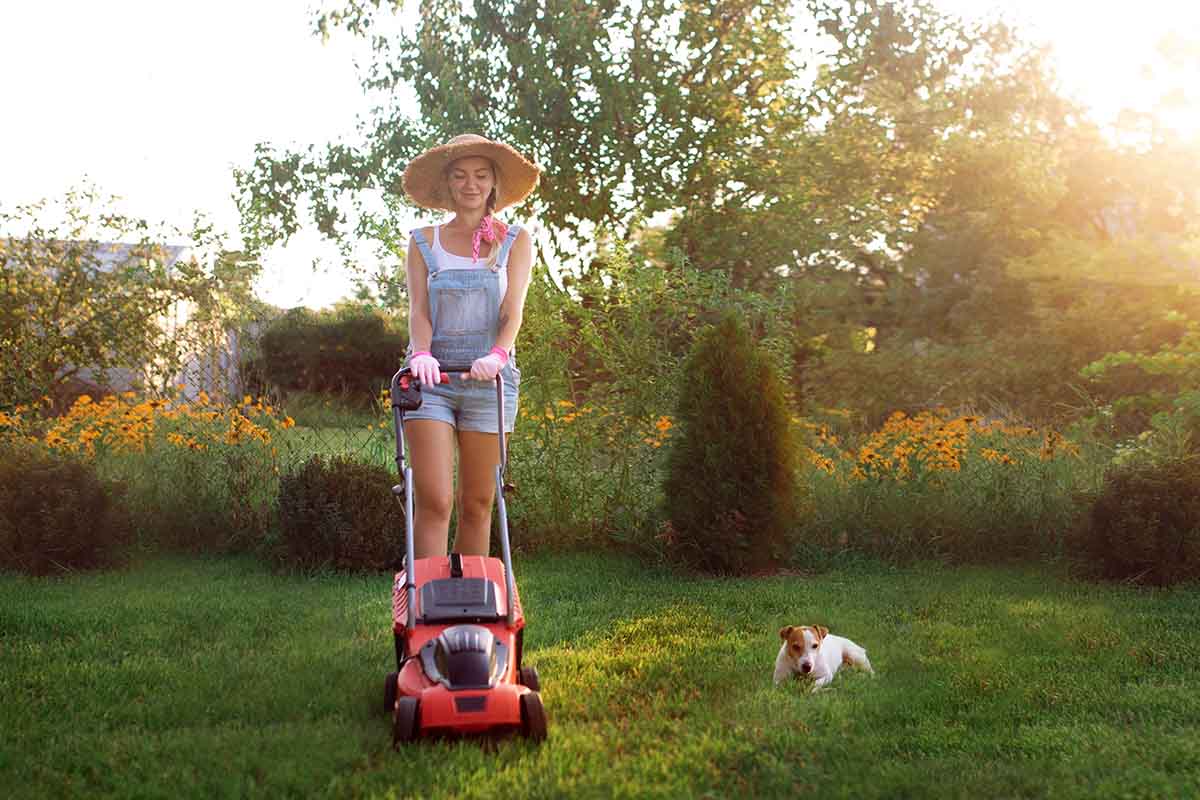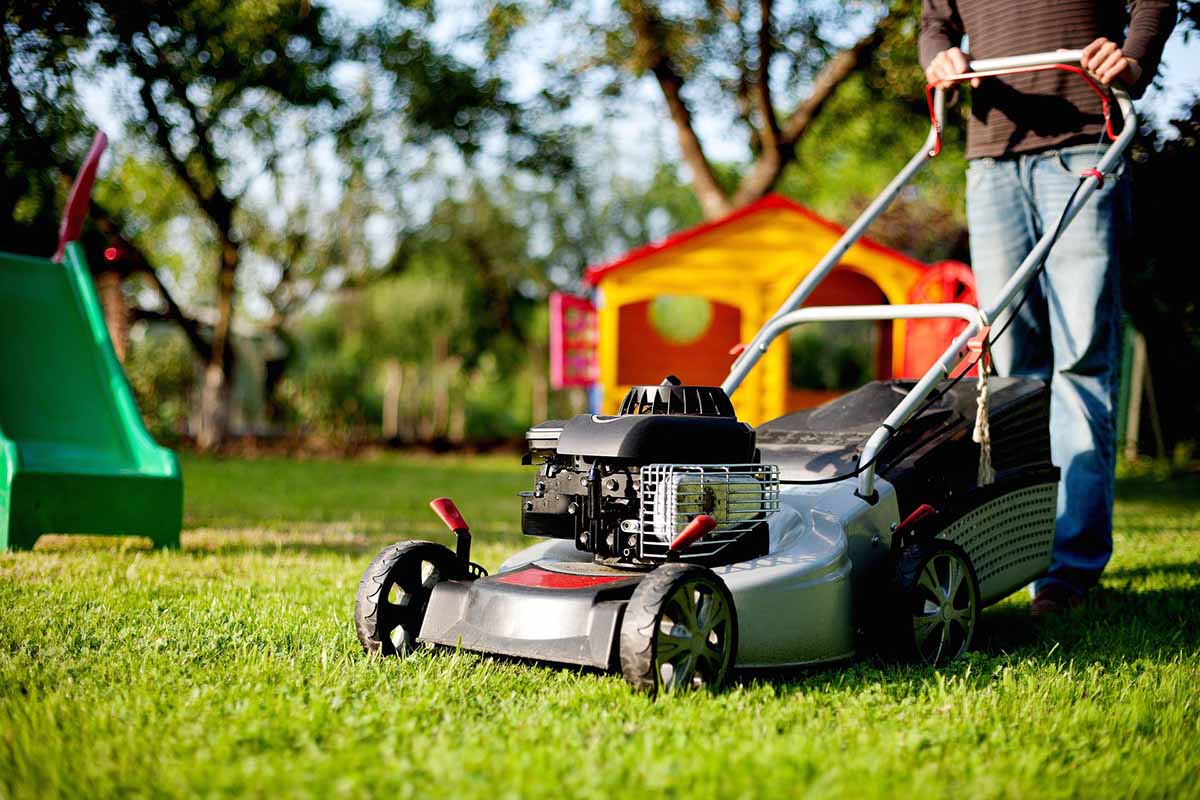Great Ways To Maintain Your Lawn During Fall
Fall is arguably the most beautiful season of all. The leaves change color during fall, and the weather is not too hot or cold. Also, it is the season of pumpkins and is packed with popular holidays like Halloween and Thanksgiving.
According to a OnePoll survey of 2,000 Americans, 33% said fall was their favorite time of the year. Fall may seem like the worst time to think about your lawn, considering that the grass will go dormant during winter. However, it is perhaps the most crucial time to groom your lawn to ensure beautiful growth during the next season. Here’s how to care for your lawn when fall comes around.
Remove fallen leaves
Deciduous trees shed their leaves before winter arrives to preserve resources and protect against being blown over during this windier season. As such, your lawn will be decorated with several colorful leaves that may look nice to play in during fall. However, these leaves do more harm than good to the grass.
They trap moisture and block out sunlight, starving the turf underneath of essential ingredients for normal growth. Consequently, removing fallen leaves from your lawn is crucial during this season. You can use a garden rake for the job or opt for a back pack leaf blower for quicker results.
According to several experts, removing leaves from your lawn at least once a week is best. Rather than let these leaves go to waste, you can make leaf mold to create a great mulch for your garden borders, so keep this in mind.
Keep mowing the Grass
Grass doesn’t stop growing until winter when it frosts over, so there is no reason to cease mowing during fall. The longer the grass becomes, the less sunlight the base of the grass plants receives. Robert E. Kozlowski at the Cornell University Cooperative Extension suggests that mowing your lawn with a lawn mower set at the right height can prevent you from having to bag or rake lawn clippings.
You can mow when your grass is 3 to 3.5 inches tall and extremely dry. However, never trim it shorter than 2 to 2.5 inches or remove over a third of the leaf surface during a single mowing. Also, you can leave some grass clippings behind after mowing to ensure that your lawn benefits from their valuable nutrients. Kozlowski’s lawn care advice will mean mowing more frequently, but it will ensure a healthier lawn supported by nutrients you would have thrown away.
Watch out for fall pests
Moles may still be active during fall and will make themselves at home on your lawn if it is rich in insects and grubs. These carnivores are perhaps the biggest pest threat to your lawn during fall, so it is vital to keep an eye out for them during this season.
You can use mole repellent to make your lawns undesirable to moles and avoid overwatering your lawns since these furry, tunneling pests love soft and damp earth. Chafer grubs are also key pests to look out for. They are active between September and April and are known to eat grass roots, causing several yellow and dying patches on the lawn. Their presence also invites hungry birds who peck at the grass for food, further destroying the lawn.
You can get rid of chafer grubs naturally by applying parasitic nematodes. You can easily purchase these beneficial nematodes online, at garden centers, or in big box stores. Furthermore, several armyworm species are known killers of lawns across America.
Armyworms move in masses to destroy lawns, stripping away leaf tissues and causing brown patches. Fortunately, nematodes and many targeted insecticides on the market can eliminate these pesky pests. Ticks, leatherjackets, billbugs, and ants are other lawn pests to look out for during fall, so keep this in mind.
Prioritize aeration
Lawns usually suffer varying degrees of soil compaction and heat stress over the summer. These two problems are responsible for most of the thinned or brown grass you may have noticed last season. A compact lawn surface doesn’t absorb rainwater well, leading to waterlogging.
In addition, valuable nutrients will struggle to reach the grassroots in compact soil. Consequently, prioritize aeration during fall to open up passageways for the grassroots to receive nutrients and water. This way, your lawn will be lush and green for the next year. You can aerate by driving a garden fork about 10cm deep at frequent intervals over the lawn, softly rocking it to loosen the compact soil.
Apply appropriate fall lawn fertilizer
Your goal is to keep your lawn in excellent condition but not encourage growth from October to mid-March. Therefore, it wouldn’t be prudent to apply particular kinds of fertilizers during fall, depending on the kind of grass you have.
For example, nitrogen-rich fertilizers can provoke a lot of tender new growth that may be vulnerable during winter. In addition, applying nitrogen to warm-season grass late in the fall supports the growth of cool-season weeds that will destroy your lawn as it lies dormant.
Therefore, apply potassium and phosphorus-rich fertilizers if you have warm-season grass like Centipede or Zoysia. Phosphorus gives the grass what it requires to store energy for a lovely spring green-up, while potassium will protect it from winter’s chill. On the other hand, you can apply nitrogen-rich fertilizers to cool-season grasses like Fine Fescue and Perennial Ryegrass.
Spread seed
Dense lawns offer great protection against weeds, so spreading seed over your existing turf is vital. These seeds will grow to fill in bare patches and thin spots and will help you introduce some drought-resistant and resilient grasses. Fall is the perfect time to overseed because the soil is still warm with a lot of moisture.
Also, the sun is not quite hot during the day, and the nights are cool. However, you will have to do better than merely broadcasting the seeds over your lawn by hand. You can use handheld spreaders for small lawns and drop or broadcast spreaders for larger ones.




















